(!) Since support from Microsoft will end on January 14 2020, Windows 7 user might not be able to use MISUMI website effectively. Please consider to update your system as ‘MISUMI Website system requirement’.
- Scheduled Maintenance Notice: This site will be unavailable due to scheduled maintenance from 8:00 to 20:30 19/5/2024. We apologize for the inconvenience.
- แจ้งวันหยุดทำการในเดือน พฤษภาคม 2567 | Notice holiday in May 2024 > คลิก
Photoelectric Sensors, Fiber Sensors
Photoelectric sensors and fiber sensors are widely utilized in various applications such as object detection, counting, and speed measurement. When choosing a photoelectric sensor or fiber sensor, it is essential to consider factors such as head shape (e.g., square, screw, low profile, pip fitting and others, Detection Distance and Operating Environment. These considerations are vital for ensuring the production of high-quality products. We highly recommend reputable brands like MISUMI, OMRON, PANASONIC, as well as cost-effective options from MISUMI ECONOMY.Take advantage of the convenience of free shipping and no minimum order when purchasing a photoelectric sensor or fiber sensor. If you have any doubts or require assistance in choosing the right product, our experts are readily available to assist.
Search by specifying the lower class category
-
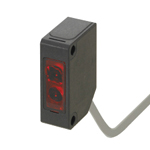 Photoelectric Sensors
Photoelectric Sensors
-
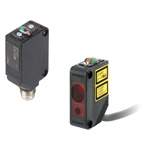 Laser Sensor
Laser Sensor
-
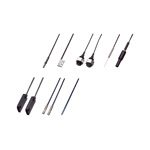 Fiber Units
Fiber Units
-
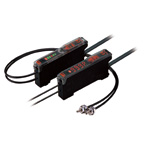 Fiber Sensors (Amplifiers)
Fiber Sensors (Amplifiers)
-
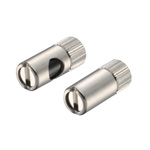 Lens for Sensor (for Photoelectric Sensors and Fiber Sensors)
Lens for Sensor (for Photoelectric Sensors and Fiber Sensors)
Application example related to this category
Related Categories to Photoelectric Sensors, Fiber Sensors
FAQ Photoelectric Sensors, Fiber Sensors
- Question: What is the main advantage of using photoelectric sensors in industrial applications?
- Answer: Photoelectric sensors offer a significant advantage in industrial settings due to their non-contact detection capability. This feature eliminates the need for physical contact with the target object, reducing wear and tear and enabling reliable, long-term operation. Their quick response time is crucial for applications requiring rapid detection, contributing to increased efficiency in various industrial processes.
- Question: How do I choose the right photoelectric sensor?
- Answer: Selecting the appropriate photoelectric sensor involves considering several factors. Evaluate the sensing distance required for your application, environmental conditions, such as ambient light and temperature, and the characteristics of the target objects. Differentiate between through-beam, reflective, and retroreflective sensors based on the specific needs of your application.
- Question: Can these sensors be used in outdoor environments?
- Answer: Some photoelectric sensors are designed for outdoor use. It's essential to choose sensors with suitable Ingress Protection (IP) ratings to ensure they can withstand exposure to weather elements and maintain reliable performance.
- Question: What is the difference between a through-beam sensor and a reflective sensor?
- Answer: Through-beam sensors consist of separate emitter and receiver units, with the light beam traveling from one unit to the other. In contrast, reflective sensors integrate both the emitter and receiver in the same housing, detecting the light reflected off a target object.
- Question: Can photoelectric sensors detect transparent or highly reflective objects?
- Answer: Certain photoelectric sensors are specifically engineered to detect transparent or highly reflective objects. Choosing sensors with the appropriate technology, such as background suppression or polarization filters, ensures accurate detection in challenging conditions.
- Question: What maintenance do photoelectric sensors require?
- Answer: Photoelectric sensors typically demand minimal maintenance. Regularly cleaning the sensor lens to prevent the accumulation of dust or dirt is recommended to ensure consistent and accurate performance over time.
- Question: Are there any safety considerations when using photoelectric sensors?
- Answer: When using photoelectric sensors, it's crucial to ensure compliance with relevant safety standards. Installation should follow the manufacturer's guidelines, and users should be aware of the sensor's limitations. For critical applications, incorporating redundancy or additional safety measures is advisable to mitigate potential risks.


















How can we improve?
How can we improve?